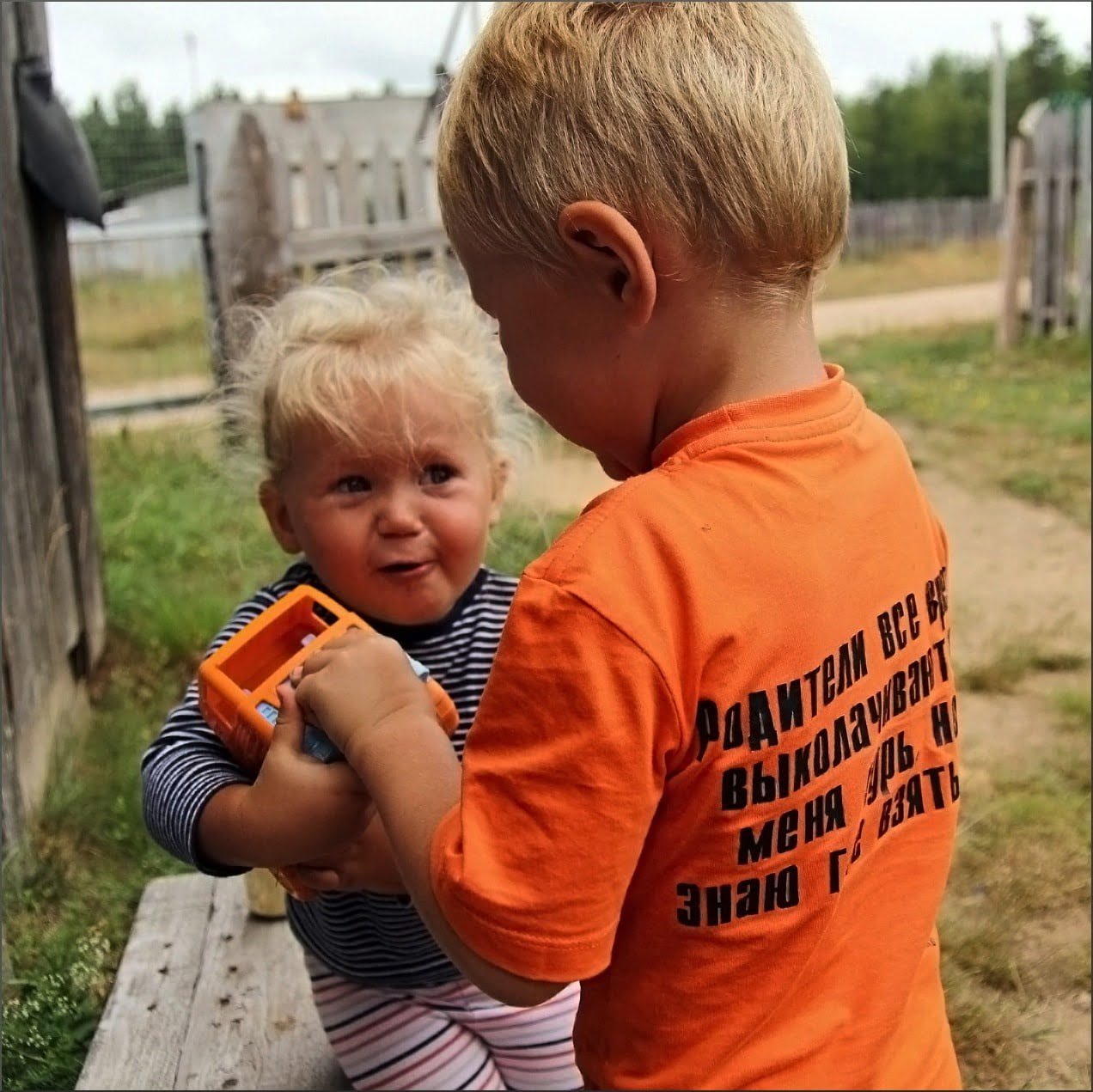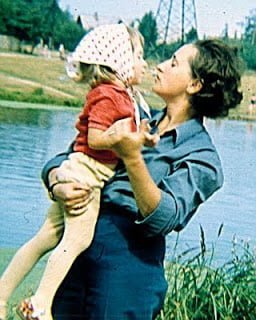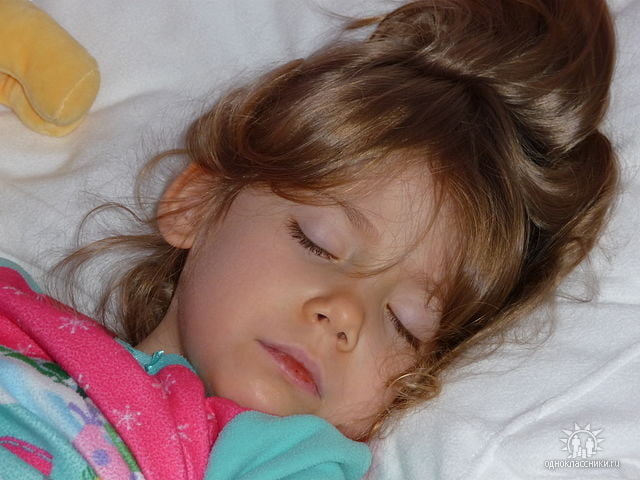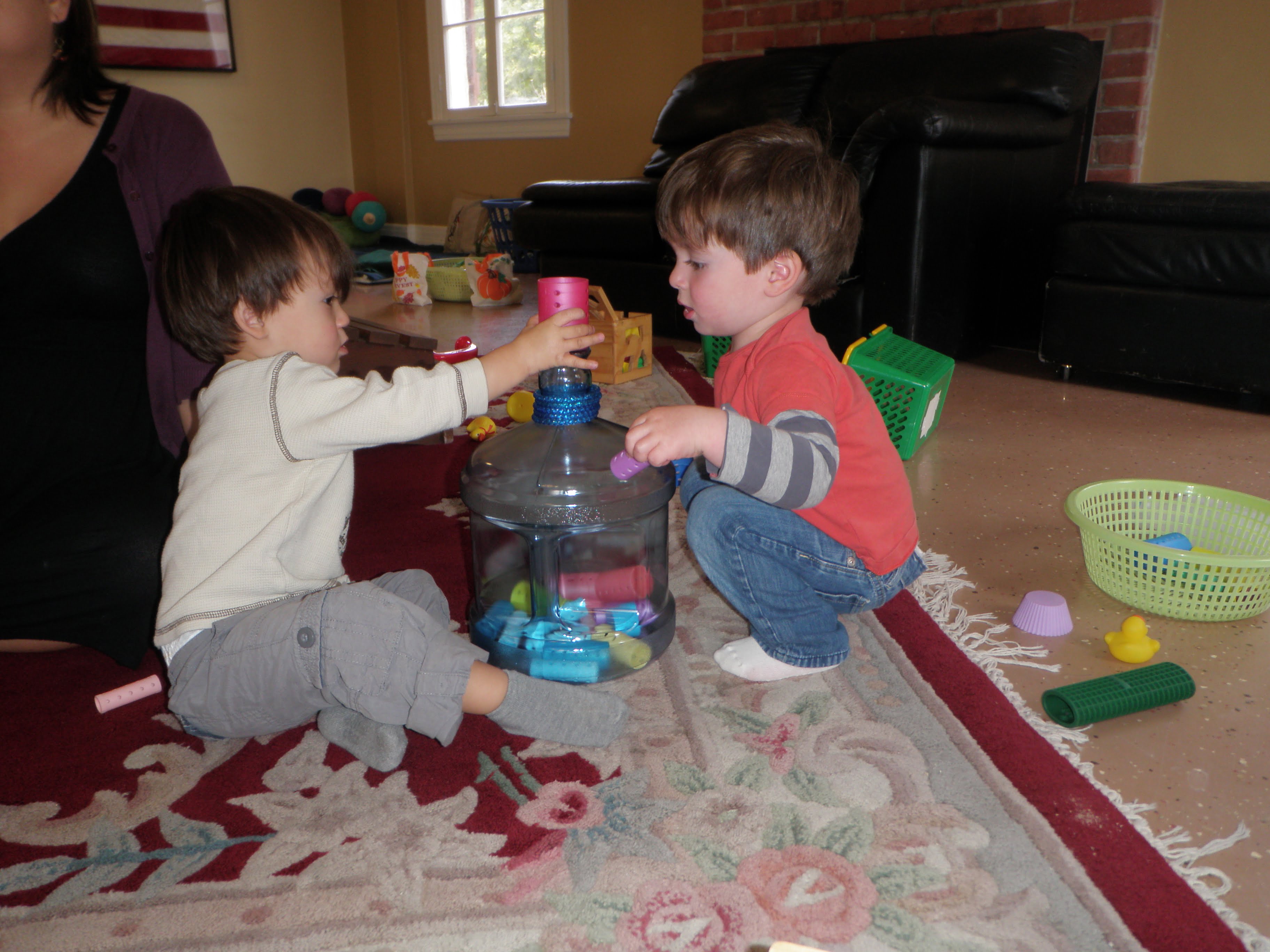How do we decide what the limits are? How can we enforce them? Will it be the same limits at different ages? What would you say and do?
A mother in my RIE® Parent-Infant Guidance™ class shared that she felt confident with her 7-month-old exploring and interacting with other babies. Susie said that she did not know how to respond to her 18-month-old when he started to hit other peers.
Setting limits is one of the most emotionally charged discussions – when it comes to stopping your child from hitting or when your child is in the position of being hit.
What can you say? How do you feel?
We want to remember that our children are just starting to develop skills of self-regulation. Brain research has shown that our upper brain (this is the area of the brain responsible for logical thinking) will be fully developed by age 21 (or some researchers say 25). This does not mean that we will let our children hit, but it helps us to understand why we have to help children with co-regulation.
Also, it helps us understand that in many situations our children are not trying to manipulate you, or “push your buttons”, or limits they simply want something so badly that they just cannot control themselves.
The manner in which we enforce limits will change with the child’s age and development.
Another factor, of how we are going to respond, will be the “needs” of the child. Every time the child expresses any type of behavior, he/she has a need. We must explore and wonder without judgment: What could the needs of the child be?
Regardless of the age we want to stay calm and respectful. Let’s look at a few different scenarios:
When a 7-month-old touches another baby’s face, I might:
- Get close (walk slowly and say: “I am getting a little closer.”
- If necessary, I will intervene by placing my hand between the two babies.
- Also, I will model for both babies by touching/caressing both of them gently.
I might not even mention anything about hitting during this interaction. Our “adult judgment” would tell us this child is hitting – when in fact it may be a gesture of exploration.
My response will be different for an older child.
When I see a potentially dangerous situation between children older than 15-18 months, I might:
- At first, approach the behavior in the same manner, but when I see the child persist with hitting I might say: “I will not let you hit” (By using this phrase I set a clear limit. I am authentic and confident. I take charge of helping the child co-regulate because we know our children still working on their regulation skills and developing self-control)
- If it is not too overwhelming and loud I might add a short explanation for my limit. “I will not let you hit (Pause). It hurts.” “I don’t want you to push. (Pause) He is on top of the climbing structure. It is hard to keep his balance there. I am concerned that Tommy will fall down from there. ”
- After that, I will focus on the “problem” or the “need”. Does he want a toy? Is it about sharing a space? Is he angry about something else?
- I will try to guess a “need” and verbalize it. For example: “Looks like you both want to sit on this plank.” My narration will help both children to process better and might defuse the conflict.
I will narrate each child’s actions with more details than I would for younger children.
“Looks like John is trying to put a red car on the ramp and you were putting green and blue cars on the ramp. John wants to try and see what will happen if he places the red car on top and you want to start from the middle.”
The older the children are, the more details I might include in my narration. It feels threatening when another child pulls a toy from your hands; it feels less threatening to know that the other child has a plan. - I might say: “I wonder what is your plan…” The child might not respond, but it gets him to start thinking. After a pause, I could try to guess the plan.
- If the conflict does not defuse I would stay with the children as long as I see that the struggle is constructive. Constructive means both children might be stressed but they are still working at it.
- Rarely when the struggle is not constructive anymore (when you see children are so tired and overwhelmed with emotion) there will be a need to separate the kids or put the object of desire away. I might say something like: “Looks like we all need a break. Let’s try it next time.”
Sometimes if the conflicts continue to be overwhelming it could be a decision to shorten a play date and go home. Make sure that your message about your decision to go home is not a threat. Instead of saying: “If you are going to hit one more time, we will go home. I would say this: “It seems like you are both having a hard time. I wonder if you need some space today. Let’s take a break and try again another time.” This way you have plan how end play date, when it is necessary gracefully.
Our goal is to enable children to regulate the process and not be judged for their actions or needs and the adult’s role is to facilitate that.
Additional resources:
Photo credit: Natalia Nikitina
Let me know if you need more information about RIE® Parent-Infant Guidance™ Classes.
Wishing you all the best in this difficult yet exciting journey of parenting!
Warmly,
Teacher Kira














